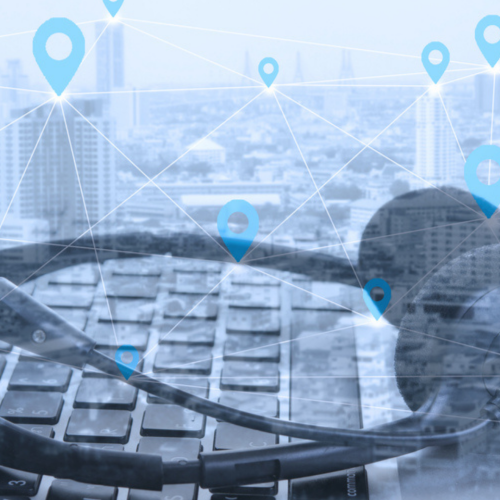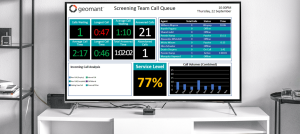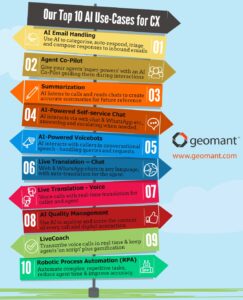The contact center is easily one of the most important parts of any business.
As the connection point between your brand and consumers, your contact center builds relationships with your target audience through personalized conversations, reliable support, and incredible service.
Unfortunately, in the past, contact centers were frequently defined as “cost centers.” These offerings were expensive, difficult to deploy, complicated to run, and required workforce. Now, that perception is beginning to change as the old-fashioned “call center” evolves into the “experience center.” Companies now have the power to leverage contact centers for true brand differentiation and enhanced customer service.
Your customers now expect you to innovate, with 57% saying that contact centers need to change.
Here’s how the contact center has evolved and how you can turn your contact center into a competitive advantage.
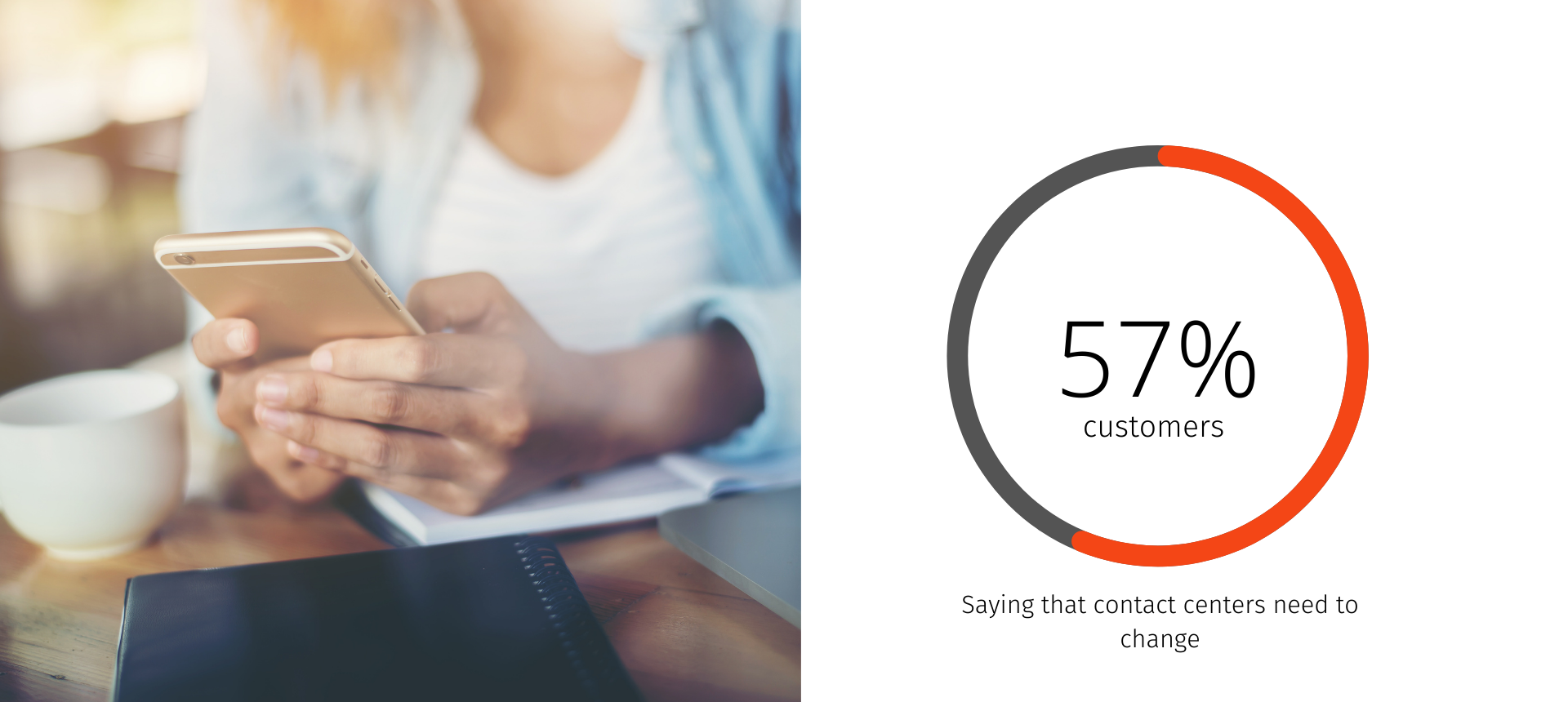
The Transformation of the Contact Center
Long before the days of AI-driven and omnichannel contact centers, the technology companies relied on was often clunky and inefficient. Initially, call centers were large physical environments filled with people answering calls. Everything was manual, from answering calls to dialing numbers and collecting critical information.
As the technology evolved, contact centers gradually gained new functionality. It was possible to route calls to advisors on a first-come, first-serve basis. Companies gradually found ways to manage calls with IVR systems, and routing grew increasingly more impressive over time.
When the digital revolution arrived, the contact center experienced a massive transformation. Single-channel solutions for handling calls rapidly became tools for managing a wide range of conversations. Today, your contact center can deal with everything from chat message questions to video conversations and emails.
Companies can now save money and unlock more flexibility by accessing contact center technology on the cloud. Fortune Business Insights says that the CCaaS (Contact Centre as a Service) will be worth $10.06 billion by 2027. We’ve even begun to discover the benefits of bringing Artificial Intelligence and automated solutions into the contact center environment.

The 5 Essential Features of a Modern Contact Centre
As businesses continue to recognize the importance of customer experience as a brand differentiator, and a strategy for long-term profitability, the contact center’s value continues to increase.
Two–thirds of businesses surveyed say that they compete mainly on customer experience today.
The contact center, as the connection point between brands and their customers, is an essential part of building memorable customer experiences.
While every company may have a unique vision of the true “modern contact center,” the majority of future-ready solutions include the following features.
1. Cloud Flexibility
Though there are some companies out there reliant on on-premises contact centers for data management and compliance purposes, many businesses are rapidly making the shift to the cloud.
The cloud is the only reliable way for businesses to adopt a scalable architecture that can adapt to suit their needs. Cloud solutions allow companies to implement new teams, departments, and technology at will. They eliminate the cost and complexity of legacy systems.
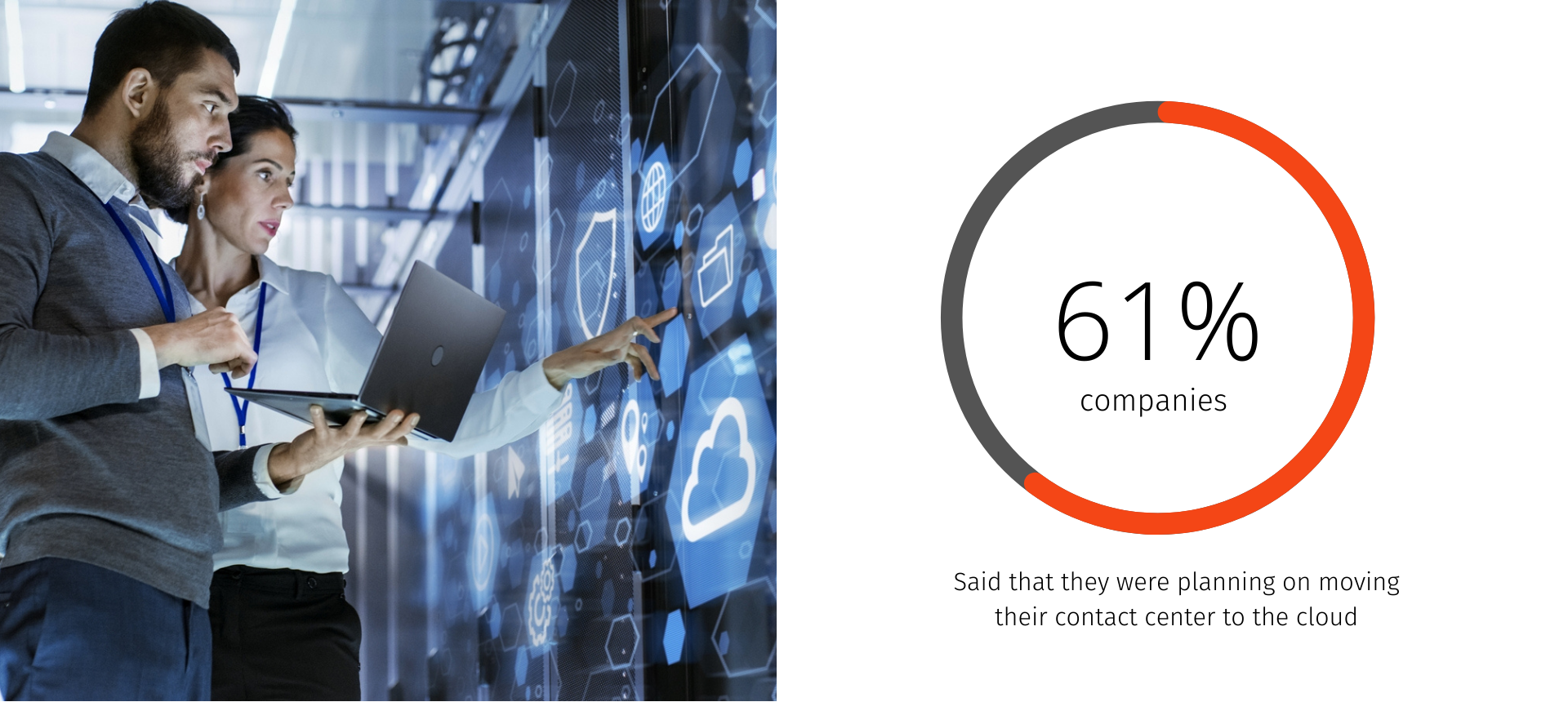
Even before the COVID-19 pandemic, 61% of companies said that they were planning on moving their contact center to the cloud. As customer behavior changes, CCaaS and cloud contact centers allow companies to adapt to suit customer needs. You can even employ and support remote workers with a cloud or hybrid contact center. This ensures better business continuity and opens the door for global expansion.
2. Omnichannel Capabilities
Contact centers aren’t just “call centers” anymore. Today’s consumers communicate across multiple channels and platforms. Being able to facilitate contextual and personal conversations across all channels is essential. Around 90% of people in the US switch devices every day.

A customer may start a conversation with an agent on social media, switch to live chat, then move to text, before eventually making a call. Crucially, the modern contact center can’t just offer access to various platforms. Companies need to keep those environments connected to ensure that clients don’t have to repeat themselves as they move from one environment to the next.
Omnichannel contact centers should be comprehensive, integrated systems that work seamlessly together. Indeed, extra integrations and connections with your contact center can also open the door for better efficiency and customer satisfaction. An omnichannel contact center connected to your UC channel or Microsoft Teams platform helps teams to work together on enhancing the customer journey.
3. New Tools for Teams
For many companies, contact centers have long been a source of high agent turnover and burnout. Dealing with difficult clients, handling repetitive tasks, and using complex technology will often drive talent away. The modern contact center should alleviate these burdens with:
- Wallboards: Wallboards and reporting features support employee motivation by helping team members to assess their performance compared to peers. These tools also assist managers in guiding in-office and remote employees.
- Seamless interfaces: A single-pane-of-glass interface where your employee can access all of the information they need about a customer and respond on any channel is essential. Today’s agents don’t have time to jump between apps and channels.
- Enhanced collaboration tools: Collaboration systems in the cloud that allow for file sharing, video conferencing, and messages between teams ensure that staff can work together on tough challenges. You can even keep remote staff in the loop with the right solutions.
- Management tools: The right management tools make it easier to support, manage, and coach teams, wherever they are. The correct solutions should provide supervisors with insights into employee performance, and tools for boosting productivity.
- Automation systems: Automation can reduce and eliminate repetitive tasks so that human agents can focus on complex work. These tools can also collect information automatically for better decision-making at a later stage.

From solutions that help with monitoring and improving staff performance, to solutions that support a more collaborative experience for your employees, teams need the right tech.
4. Artificial Intelligence
Artificial Intelligence is one of the most significant features of the modern contact center. Augmenting human agents with AI solutions can drive massive increases in productivity and efficiency. For instance, an AI-enhanced chatbot or virtual assistant can understand human questions thanks to natural language processing and machine learning.
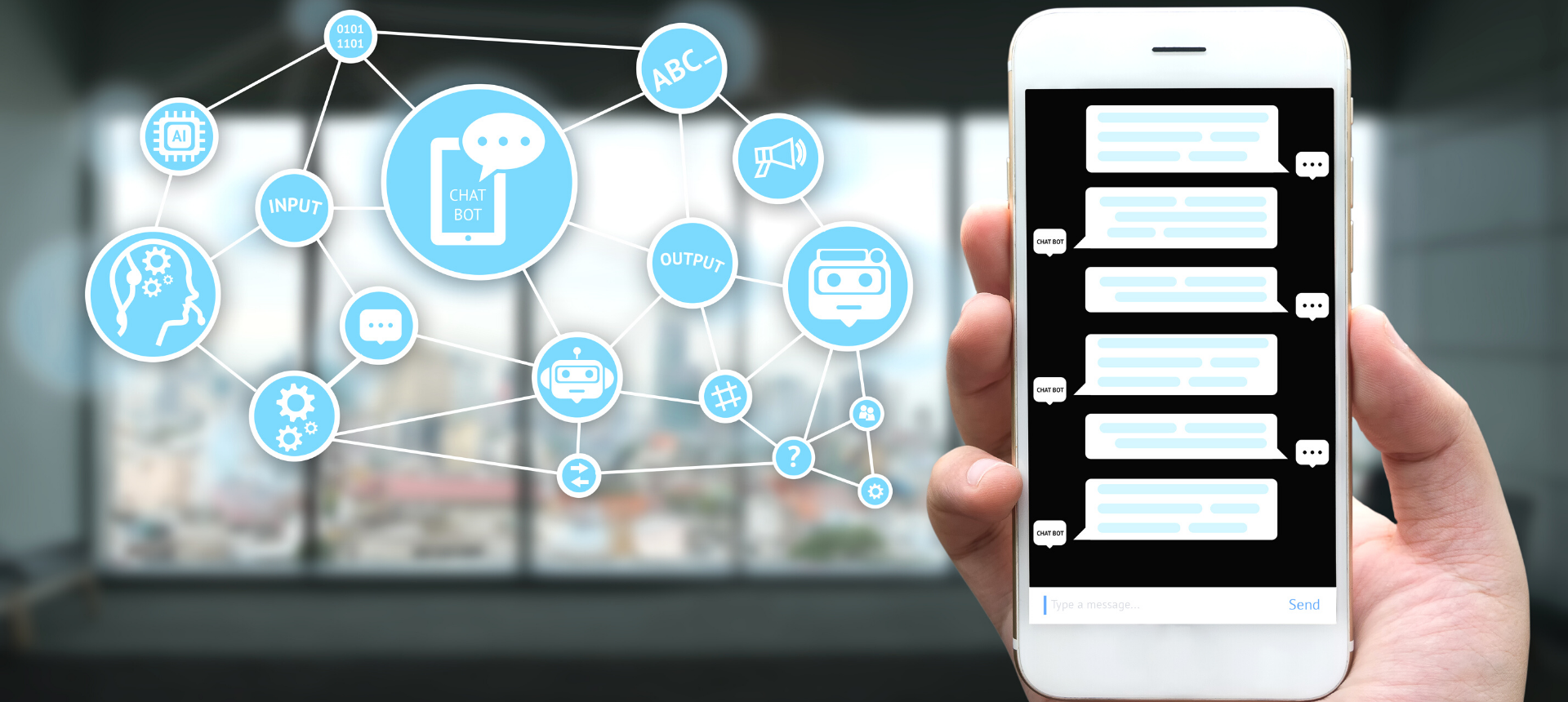
With AI-powered bots, you can enable self-service solutions for your customers that allow them to quickly find solutions to their problems without seeking human interaction. With AI tools automating common questions, agents have more time to focus on complex queries.
Artificial intelligence can also assist with various other parts of the contact center such as:
- Routing: Intelligently routing customers to the right agent based on skillset, problem, or the history of the customer (i.e., which agents they dealt with before)
- Data collection: Collecting information and using it to offer valuable insights. AI tools can collect and analyze huge amounts of data at an incredible rate, allowing for better business decision-making.
- Compliance and security: Automated systems can ensure that the right calls and conversations are recorded safely for compliance reasons, and security measures are taken to protect details.
You can even access AI solutions that use historical information to predict important outcomes for the future of a customer or business. For instance, your solution might be able to see when a customer is running low on a certain material and send a notification to an agent to schedule a sales call.
5. Security and Compliance
Customers today have higher expectations than ever when it comes to the ways that companies keep their data secure. Your contact center solution needs to be built from the ground up with the right regulatory requirements and security settings in mind.
Contact centers in the modern world need to constantly adapt to new and changing regulations, expectations, and demands. You’re probably already familiar with things like PCI DSS compliance, and what this means to your business operations, but there are also things like GDPR to consider and constant updates to the way companies should secure and store data.
To ensure that your contact center is compliant from a privacy and security standpoint, you’ll need to work with a vendor that understands the unique challenges of your industry. Look into things like where contact center data will be stored for your team, and how you can protect remote agents and virtual employees that may not be operating in-house.
Crucially, your security and privacy solution will need to address all of the key channels that your customers use, from SMS campaigns, to voice. It’s also important to ensure that the tools your teams use are compliant too, such as chat services, file sharing solutions, and video conferencing.

Implementing Your Modern Contact Center
A modern contact center is adaptable enough to withstand new trends. The cloud is the first step in building a flexible contact center solution, but it’s also crucial for companies to invest in the right partner for their technology.
Even with a cloud environment to build on, you’ll still need an environment that’s API ready if you want to implement new channels for customer service at speed. An open and flexible platform is also crucial to connect your system to the apps you’re also using, so you can get a more comprehensive view of the full customer journey.
Like most things in the age of digital transformation, the path to success begins with the right vendor.
Don’t underestimate the power of the right partner for transforming your contact center into a competitive advantage.
